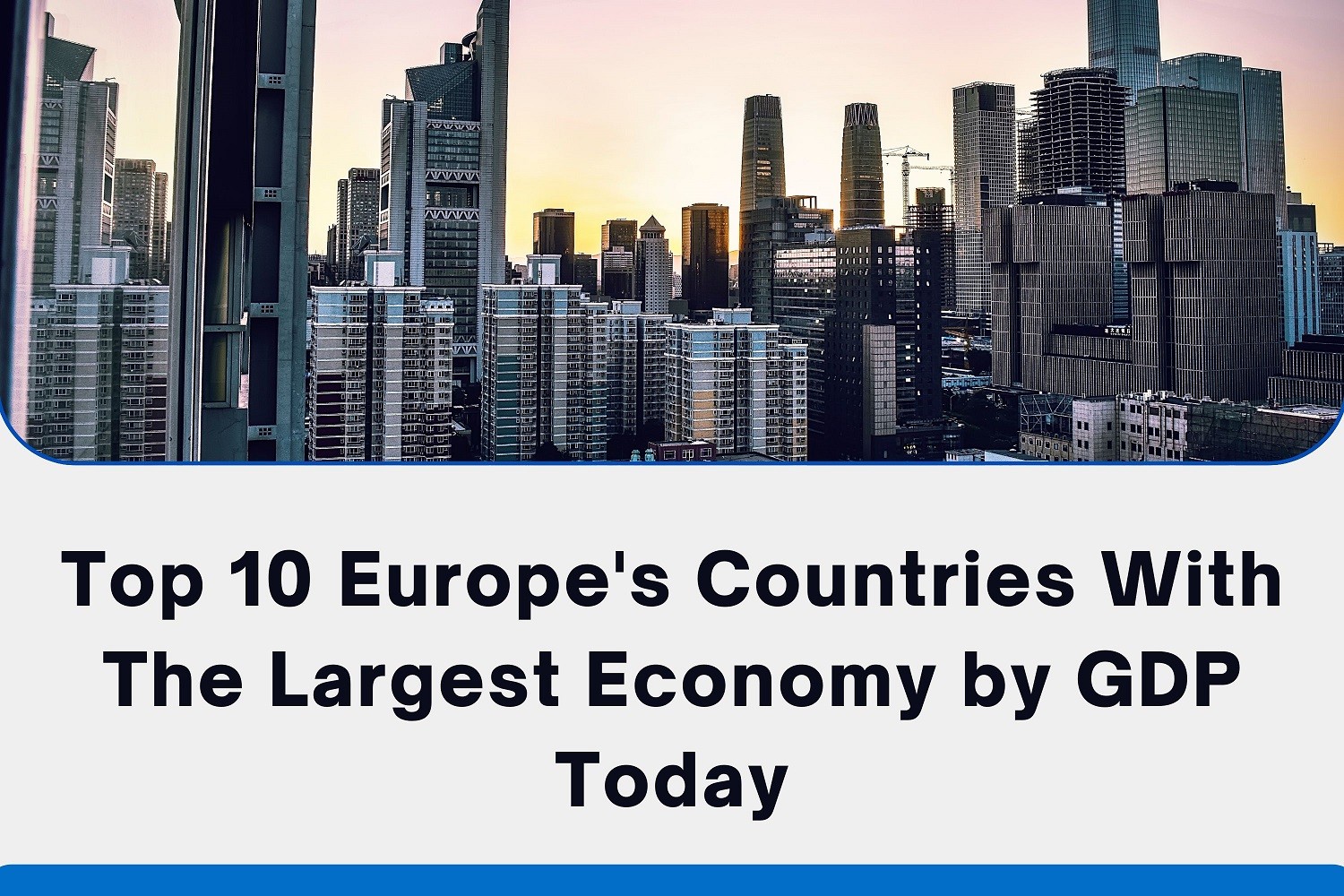7 Richest Countries In The World by GDP Per Capita
Gross domestic product (GDP) is an estimate of the total value of finished goods and services produced in a country’s borders during a specified period, usually a year. GDP is popularly used to estimate the size of a country’s economy. GDP is most commonly measured by using the expenditure method, which calculates GDP by adding up spending on new consumer goods, new investment spending, government spending, and the value of net exports (exports minus imports).
The top ten economies currently contribute 68% of the global gross domestic product (GDP). While an analysis of the GDP per capita, which takes into consideration the nation’s population, results in a total shuffle in rankings with majority of the trillion-dollar economies sliding down on the list. While economic measures such as GDP or GDP per capita do not directly depict quality of life or the wellness of the people, they are an important measure to gauge broader trends, and apply in deeper analysis when making investing decisions.
Top 7 richest countries in the world based on the GDP per capita
Here’s a list of 7 richest nations based on the GDP per capita, as listed by Visual Capitalist:
1. Luxembourg: $109,602.32
2. Switzerland: $81,867.46
3. Ireland: $79,668.50
4. Norway: $67,988.59
5. United States: $63,051.40
6. Singapore: $58,483.96
7. Denmark: $58,438.85
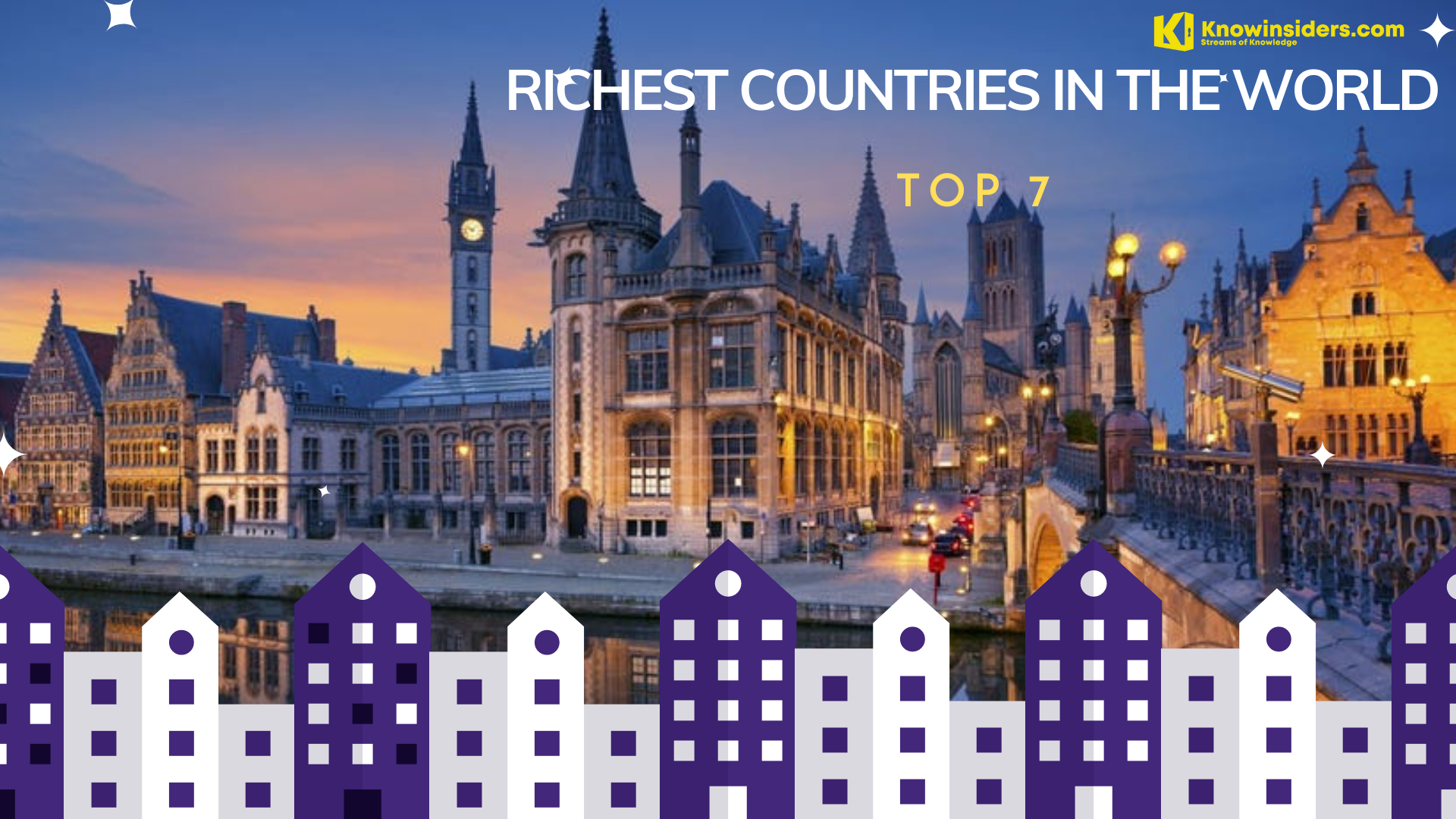 |
Many of the world's richest countries are also the world's smallest
What do people think when they think about the richest countries in the world? And what comes to mind when they think about the smallest nations in the world? Some would be surprised to find out that many of the wealthiest nations are also amongst the tiniest.
According to Global Finance, some very small and very rich countries - like Luxembourg, Singapore - benefit from having sophisticated financial sectors and tax regimes that help attract foreign investments and professional talent. Others like Qatar and Brunei have large reserves of hydrocarbons or other lucrative natural resources.
But what do we mean when we say a country is “rich,” especially in an era of growing income inequality between the rich and everyone else? While gross domestic product (GDP) measures the value of all goods and services produced in a nation, dividing this output by the number of full-time residents is a better way of determining how rich or poor one country's population is relative to another's. The reason why “rich” often equals “small” then becomes clear: these countries’ economies are disproportionately large compared to their small populations.
| How did these countries become so well off? Looking at history, most high-income countries went through a similar linear journey. Beginning with agriculture-based economies, they went through a period of rapid industrialization, and finally became service-based economies. In Luxembourg today, one of the top industries is banking and financial services, for example. Here’s a look at some of the top industries in the next five richest countries: -Switzerland: Banking and financial services, agriculture -Ireland: Natural resources (including agriculture, fisheries, forestry, and mining), pharmaceuticals -Norway: Oil and gas, hydropower, seafood -U.S.: Real estate, healthcare, technology -Singapore: Financial services, manufacturing, oil and gas The world’s wealthiest economies will likely remain on top for the foreseeable future, though some may experience plateauing growth. In Japan, for example, the domestic market is beginning to shrink due to an aging population. Regardless, the wealth of these countries today is astounding, with the richest country in the world having a GDP per capita of 415x more than the poorest country in the world. |
More information on top 7 richest nations in 2021
Here’s more information on top 7 richest nations based on the GDP per capita as lised by Nasdaq:
7. Denmark
GDP per capita: $58,438.85
The Kingdom of Denmark has a modern and internationally competitive service-based economy, which also means that during the pandemic both household and public finances were less impacted in comparison to nations relying heavily on manufacturing activities, tourism or petroleum products exports. Its 5.8 million citizens enjoy high employment rates and wages, an efficient social security system, and routinely topping the world’s happiest countries ranking.
Denmark, the Scandinavian country squished between Germany and Sweden, is ranked the easiest place to do business in the world, according to the recently published Global Business Complexity Index 2021. The report explains: “In Denmark, you can incorporate a company within a day,due to the fact that there is one single entry point for all registrations, and all necessary bodies and organisations are automatically notified.”
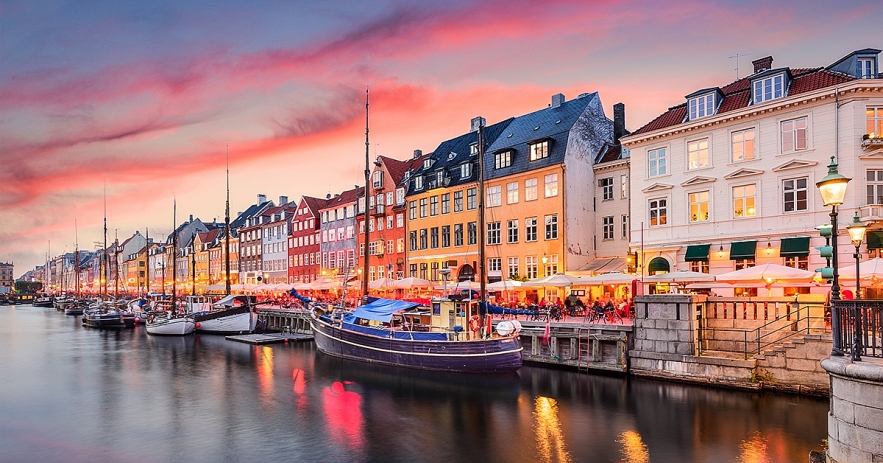 |
| Photo: gfmag. |
6. Singapore
GDP per capita: $58,483.96
With an estimated net-worth of $23 billion, restaurateur Zhang Yong is the richest person living in Singapore; the 93-year-old Goh Cheng Liang, the founder of one the world’s largest paint manufacture, is a close second with his $21.7 billion fortune. In third place with assets of about $15 billion (to some people's surprise) is Eduardo Saverin, the co-founder of Facebook, who in 2011 left the U.S. with 53 million shares of the company and became a permanent resident of the island nation. Saverin did not choose it just for its urban attractions or natural gateways: Singapore is an affluent fiscal haven where capital gains and dividends are tax-free.
But how did Singapore become so prosperous? When the city-state became independent in 1965, one-half of its population was illiterate. With virtually no natural resources, Singapore pulled itself up by its bootstraps through hard work and smart policy, becoming one of the most business-friendly places in the world. Today, Singapore is a thriving trade, manufacturing and financial hub (most importantly, 98% of the adult population is now literate). That is not as saying that it has been immune from the effects of the global downturn: in 2020 the economy plummeted a record 5.4%, knocking the country into recession for the first time in more than a decade.
5. United States
GDP per capita: $63,051.40
The U.S., the largest economy in the world, ranks fifth in terms of GDP per capita. The U.S. economy contributes 24.25% to the global GDP. It is said to be one of the best examples of a ‘mixed economy’ where private sector and the government both play equally important roles. Consumer spending is a crucial component of the U.S. economy and a popular way to gauge the economy's strength as it accounts for roughly two-thirds of the GDP. According to the U.S. Bureau of Economic Analysis (BEA), “consumer spending, or personal consumption expenditures (PCE), is the value of the goods and services purchased by, or on the behalf of, U.S. residents.” In addition to consumer spending, manufacturing is a very vital part of its economy. The nation’s manufacturing accounts for around 11.5% of the total output, 60% of its exports and 70% of its R&D spending and employs 8.5% of the workforce.
4. Norway
GDP per capita: $67,988.59
Norway is located in northern Europe and shares borders with Sweden, Finland and Russia on the eastern side. The country has an extensive coastline towards its west. It is currently the 31st largest economy in terms of nominal GDP and is counted among important suppliers of oil and gas to the global market. Norway is the third largest exporter of natural gas in the world, behind Russia and Qatar. Approximately 20-25% of EU gas demand is supplied alone by Norway. The combination of natural resources, skilled labor and adoption of technology have worked for Norway to achieve prosperity for the country. Norway has been among the three top countries for several years on the Human Development Index (HDI) and topped the HDI ranking in 2020. IMF projects the economy to grow by 3.9% in 2021.
 |
| Photo: Universal images group via Getty |
3. Ireland
GDP per capita: $79,668.50
Close behind Switzerland is Ireland, which is a small and highly globalized economy. Ireland is currently the 29th largest economy in terms of nominal GDP. Ireland's economic freedom score is 81.4, making its economy the 5th freest in the 2021 Index. The features of its tax regime such as 12.5% corporate tax, 25% R&D tax credit, tax treaties with 72 nations, among others make Ireland a preferred investment location. “Ireland is well known for hosting some of the biggest technology companies and the value added in ICT is critically important for the Irish economic performance,” according to an ESRI report. The country is also positioning itself to become a world leader in emerging technologies, such as the Internet of Things (IoT), big data, ICT skills, health innovation, energy efficiency and cloud computing.
2. Switzerland
GDP per capita: $81,867.46
Switzerland has the second highest GDP per capita and the 18th largest economy in the world. Services is the dominant sector in the Swiss economy with close to 74% share. Its industry contributes roughly 25% with less than 1% coming from the agricultural sector. The EU is Switzerland's main trading partner; around 78% of Swiss imports are from the EU, while 43% of Swiss exports are destined for EU countries. The country enjoys a unique position within the luxury segment of the watch industry. Switzerland is one of the highest spenders on research and development in the world. Switzerland invests around 3% of its GDP in research and development (R&D) annually. The economy is expected to grow by 3.5% in 2021 and is projected to register a per capita income of more than $100,000 by 2023.
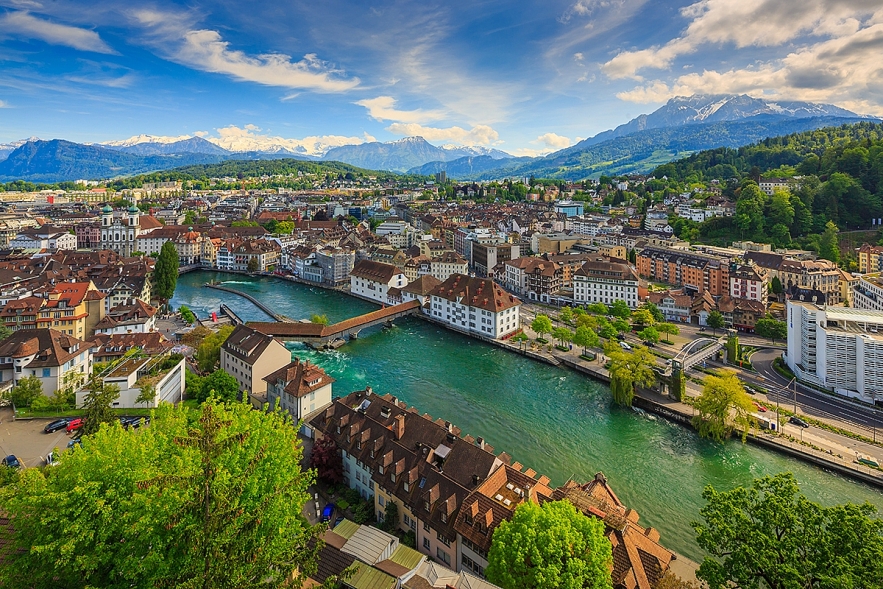 |
| Photo: gfmag. |
1. Luxembourg
GDP per capita: $109,602.32
Luxembourg is a small landlocked country surrounded by Germany, France and Belgium. Today, Luxembourg ranks amongst the most important financial centers in the world, although till the early 20th century, its economic fate was intrinsically linked to the steel industry. Luxembourg began with major efforts to diversify its economy away from steel from the late 1950s. These efforts showed results; the sum of added values in the tertiary sector went up to 77% in 1995 from 38% in 1958. In the present day, around 88% of Luxembourg's wealth comes from the service sector, including almost a third in financial services. In terms of imports and exports, intra-European Union (EU) trade accounts for 84% of Luxembourg’s exports while 88% imports come from EU Member States. Luxembourg is currently the 66th largest economy in the world.
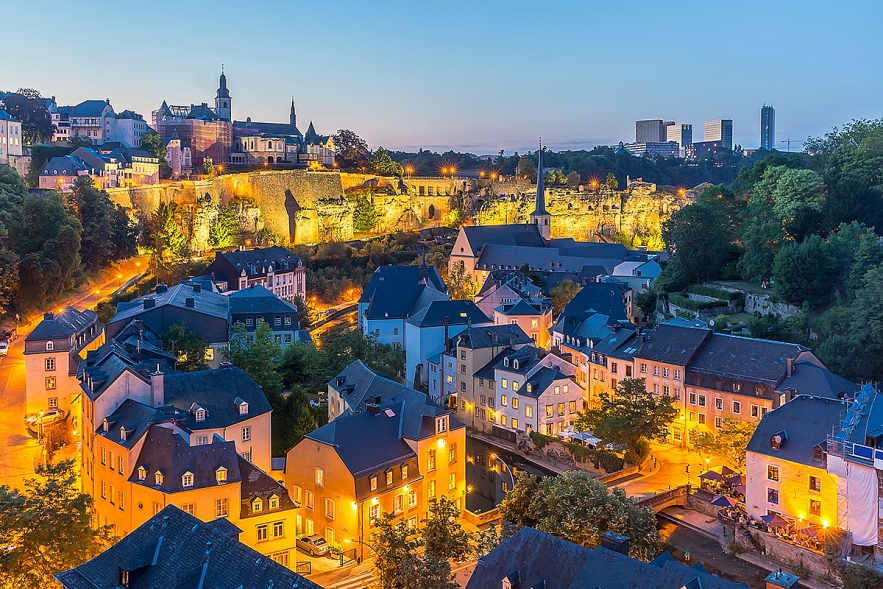 |
| Photo: gfmag. |
| Denmark, Iceland, Singapore, Australia and Qatar round up the top ten nations. Macao SAR is projected to make it to fourth place in 2022 with a per capita income of $82,252.93. The difference between the GDP per capita income of the richest and the poorest nation is 497 times based on 2021 data. If we take a leap forward, and analyze the figures for 2026, the gap is only expected to widen by 513 times. |
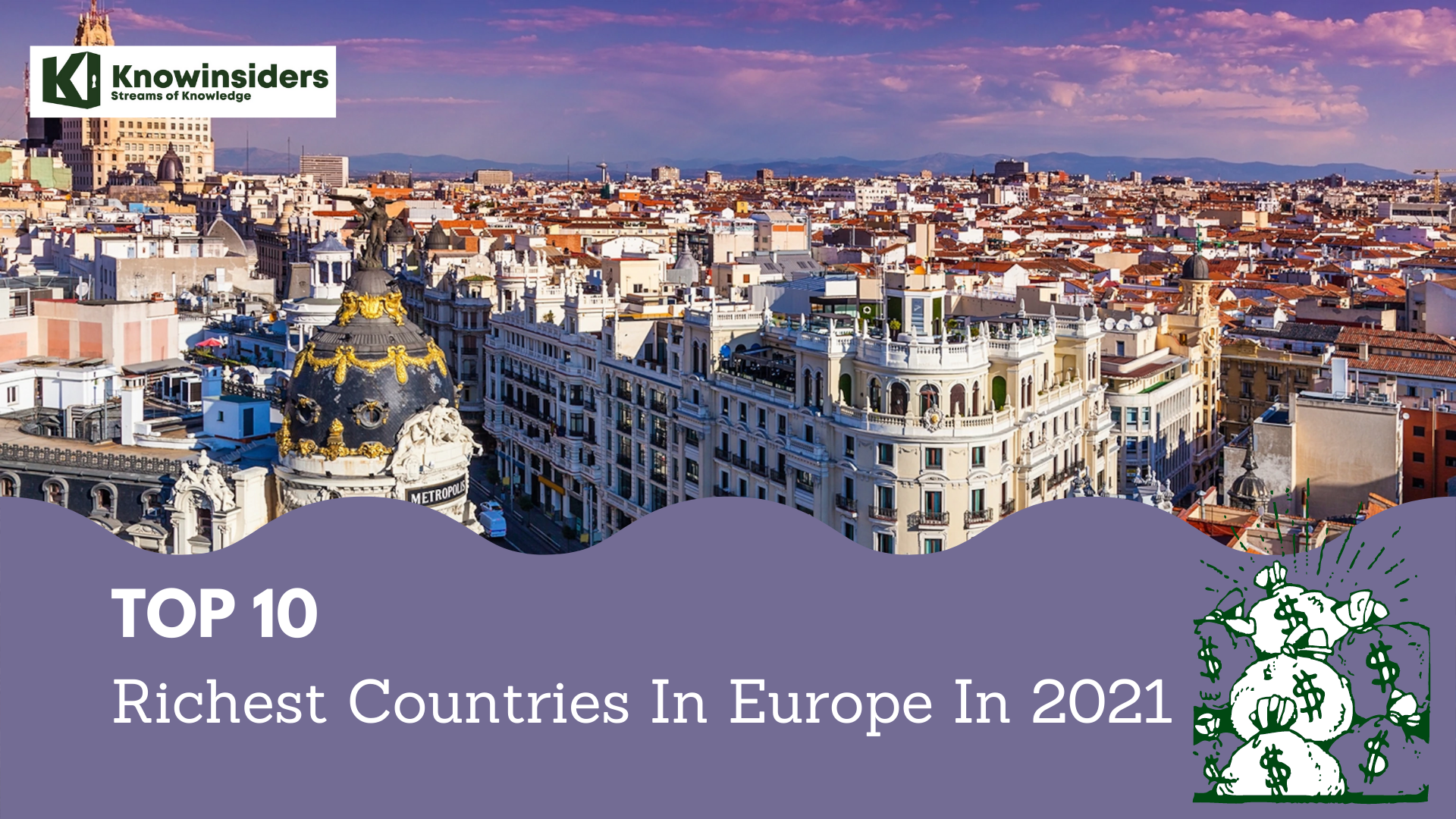 Top 10 Richest Countries in Europe Top 10 Richest Countries in Europe Despite being the 2nd smallest continent in the world, Europe makes up for its diminutive size by the wealth of its nation states. Here is ... |
 Top 9 Richest Social Media Influencers In U.S Top 9 Richest Social Media Influencers In U.S Social media is where people express themselves, and follow their favourite topics, people, places etc. Here is our list of top 9 richest social media ... |
 Top 8 Richest South Korean Actors Top 8 Richest South Korean Actors South Korea is the land for many young and talented actors and actresses, with a high net-worth and influencing social media to young generations. Let's ... |

